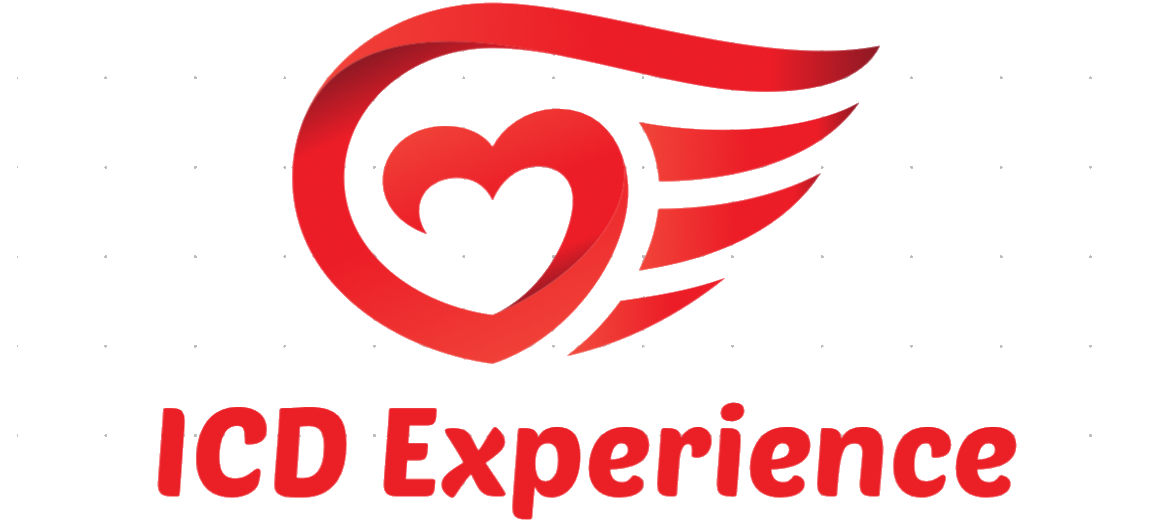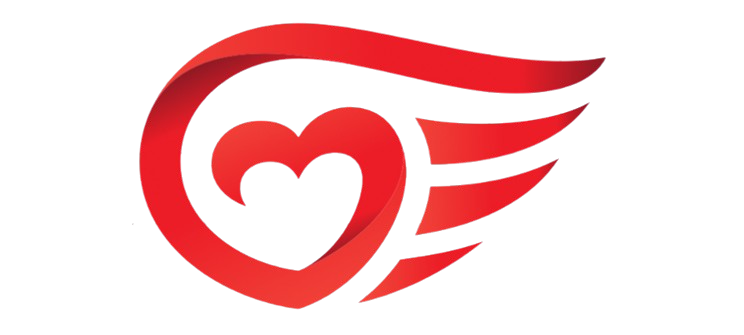When we think of elite athletes, we picture extraordinary fitness, relentless drive, and seemingly unbreakable bodies. But even the most finely tuned hearts can have hidden vulnerabilities. An Implantable Cardioverter Defibrillator, or ICD, is a device that can literally save a life in the blink of an eye — and some of the world’s most famous athletes are walking, running, and competing proof of that.
Living and thriving with an ICD isn’t just possible — it’s powerful. These athletes didn’t let a diagnosis end their careers; they adapted, overcame, and inspired millions in the process. In this article, we’re highlighting some remarkable sports stars who’ve taken their condition in stride and continued to pursue greatness, all while raising awareness about heart health and resilience.
What is an ICD, and Why Is It Used?
An Implantable Cardioverter Defibrillator is a small device placed in the chest to monitor and correct dangerous heart rhythms (arrhythmias). When it detects an irregular heartbeat that could be life-threatening, it delivers an electric shock to restore a normal rhythm.
ICDs are often prescribed for people who are at risk of sudden cardiac arrest (SCA), whether due to a known condition like hypertrophic cardiomyopathy (HCM), long QT syndrome, or following a previous cardiac episode.
Check out: Living with and Caring for an ICD: Essential Tips
Athletes Who Inspire: Competing With an ICD
1. Christian Eriksen – Soccer
Danish soccer star Christian Eriksen shocked the world in June 2021 when he collapsed on the field during a UEFA Euro 2020 match due to cardiac arrest. Quick CPR and a defibrillator saved his life — and shortly afterward, he received an ICD to help prevent future episodes.
Many thought Eriksen’s career was over. But just months later, he returned to professional play, signing with Brentford FC and later joining Manchester United. He also made a triumphant return to the Danish national team.
Eriksen’s story has brought immense visibility to sudden cardiac arrest in athletes and has inspired efforts to increase CPR and AED training worldwide.
2. Erik Compton – Golf
Professional golfer Erik Compton is a two-time heart transplant recipient and has had an ICD implanted for years due to a condition called viral cardiomyopathy. His story is one of the most compelling in all of sports.
Not only has Compton competed at the highest level — including the PGA Tour — but he’s also become a powerful advocate for organ donation and heart health. His third-place finish at the 2014 U.S. Open earned him national attention and respect across the golf community.
Read now: Managing Anxiety with an ICD: Effective Techniques
3. Fabrice Muamba – Soccer
Before Christian Eriksen, there was Fabrice Muamba. In 2012, the Bolton Wanderers midfielder suffered cardiac arrest on the field during an FA Cup match. His heart stopped for 78 minutes.
Though Muamba was forced to retire from professional soccer, he’s remained a public figure and heart health advocate. He received an ICD shortly after his collapse and now works to raise awareness of cardiac issues in athletes.
His autobiography, I’m Still Standing, is a powerful account of resilience and recovery. Learn more about Muamba’s work via the British Heart Foundation.
4. Craig Cunningham – Ice Hockey
Craig Cunningham was a rising star in the NHL when he collapsed on the ice in 2016 due to sudden cardiac arrest. He survived, thanks to emergency responders, but had to undergo a partial leg amputation due to complications.
Today, Cunningham has an ICD and is a powerful advocate for heart health in hockey. He continues to work in player development with the Arizona Coyotes and shares his story to help others understand the risks and signs of cardiac issues in sport.
More on his journey can be found at The Athletic, where his interviews and features shed light on his new mission.
Raising Awareness, Saving Lives
These athletes don’t just continue to perform; they inspire action. The visibility of ICDs in sports is changing how we think about heart health, emergency preparedness, and resilience.
Thanks to their openness, more sports organizations are ensuring that Automated External Defibrillators (AEDs) are present at games and practices, and that staff are trained in CPR. If you’re inspired by these stories, consider getting certified through organizations like the Red Cross or American Heart Association CPR training.
Also read: Post-ICD Surgery Recovery: Managing Pain and Discomfort
Can Athletes Really Compete with an ICD?
Yes, and their success is supported by evolving medical guidelines. The old assumption that an ICD was the end of a sports career is changing fast.
Recent studies have shown that athletes with ICDs can safely participate in many competitive sports with proper monitoring and individualized risk assessment. This was reinforced by the 2015 study “Competitive Sports Participation in Athletes With Cardiovascular Disease: A Consensus Document,” published in Circulation
That said, each case is different. Athletes considering high-level sports after receiving an ICD must work closely with a cardiologist or electrophysiologist to weigh the risks and ensure safe training practices.
Personally, I am a big advocate of golf leisurely with my +18 (HC) on weekends!
What These Stories Teach Us
-
A Diagnosis Is Not a Death Sentence – An ICD is a tool for safety, not a limitation. These athletes prove that life — and even peak performance — can continue.
-
Awareness Is Everything – Knowing the signs of sudden cardiac arrest, understanding your family history, and getting regular check-ups can save lives.
-
CPR and AED Access Are Essential – Rapid response saved lives in nearly every story mentioned here. Widespread training and AED availability should be a priority in all sports environments.
-
Mental Resilience Is as Important as Physical – Living with an ICD often involves psychological hurdles: fear of shocks, anxiety, or feelings of vulnerability. Support systems and mental health care are crucial parts of the recovery and performance journey.
Looking to the Future
As medical technology continues to evolve, so does the possibility for people with serious heart conditions to live fully — and fiercely. Devices like the subcutaneous ICD (S-ICD), which avoids leads in the heart and is less invasive, are being explored as even safer options for athletes.
Organizations such as SADS Foundation and Heart Rhythm Society provide resources, advocacy, and community for patients and families navigating life with an ICD.
Whether you’re a weekend warrior or training for the Olympics, these stories are proof that the heart — even a vulnerable one — can be a source of tremendous strength.
In Conclusion
Athletes like Christian Eriksen, Erik Compton, and Fabrice Muamba redefine what it means to live with an ICD. They show us that the path forward isn’t just about survival — it’s about purpose, passion, and pushing limits. If you or someone you know is facing an ICD diagnosis, take heart (literally and figuratively). You’re in extraordinary company.
Stay aware, stay active, and always listen to your heart.
Have a story to share? Drop a comment or reach out — we’d love to hear how you or someone you love is living strong with an ICD.
For more in-depth insights, check out my book “Understanding ICD Implants: A Comprehensive Guide.”












